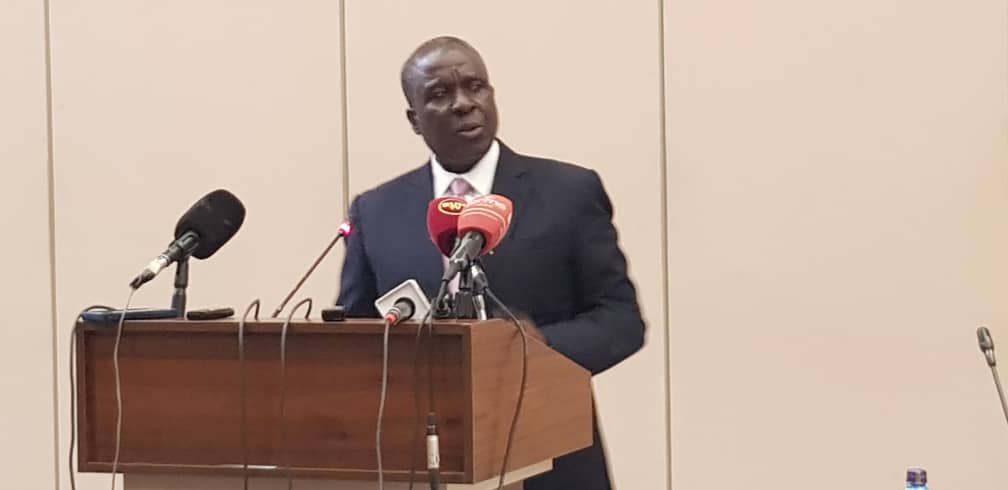
By Jeff Kapembwa
Zambia’s realisation of the much touted agriculture transformation envisioned 20 years ago has been set in motion after it extended a revolving 12% financing for smallholder farmers chiefly, to access under smart climate practices.
Dubbed: “Southern African Development Community Bread Basket”- having reliably exported surplus maize and other cash crops devoid in neighboring countries in recent years, Zambia, having adopted an ‘input subsidized farming culture’, providing seed and fertilizer to farmers, has upped its production from an average 900,000 m/ton in recent years to over 3.2 million m/t per annum.
Zambia’s excess output-with domestic annual consumption of maize hovering around 1.2 million and another 1million+ for industrial use, has transformed its agricultural sector and is able to meet export inquiries from its neighbors chiefly Zimbabwe and Malawi, prone to annual food deficit.
Zambia’s transformation for the sector was mooted in 2022 when it launched the Comprehensive Agriculture Transformation Support Programme (CATSP), a modernized application of agriculture that seeks to equip farmers with the ability to efficiently cultivate crops, livestock, and fish through targeted breeding programmes.
The United States supported initiative, which embraces various climate-resilient practices is premised to help reduce labour intensity through the modern agricultural technology by many farmers, chiefly the over 3 million small holder farmers in Zambia, that grow 93 percent of the country’s food basket.
Agriculture minister Reuben Mtolo said the Government has initiated a low cost revolving loan from lending institutions for farmers to access various equipment, irrigation, farming in general all year-round to ensure food security, having learnt from the effects of climate change on the sector’s potential.
“Now we have reached the climax of agriculture transformation, we will through the banks provide all farmers with a loan of 12% interest for one to access irrigation, dam creation for either fish farming or water conservation, ploughing or tilling of land and other farm equipment one needs at any one time, but it will be revolving and we expect everyone to pay back when its due,”
Arguably, Zambia’s transformation fulfils the aspirations of the 30-year- Comprehensive Africa Agriculture Development Programme (CAADP) initiated in Maputo, Mozambique until later years in Equatorial Guinea, capital, Malabo which sought to domesticate the continental aspirations, principles and values of the agenda as reaffirmed by African Heads of State and Government.
Under the Malabo declarations signed by African leaders to uplift agriculture and maximize its food sufficiency potential for the over 3 billion population included enhancement of investment finance in agriculture through, upholding the earlier commitment to allocate at least 10 percent of public expenditure (budget) to agriculture.
This done by African Union member countries would ultimately ensure its efficiency and effectiveness; and creation and enhancement of necessary appropriate policy and institutional conditions and support systems for facilitation of private investment in agriculture, agri-business and agro-industries.
The CATSP amplifies the aspirations of Agenda 2063 (The Africa We Want). This includes a realization of a modern agriculture for increased productivity and production, fundamental to the CATSP which seeks to ensure quality public expenditure in agriculture and provide a policy environment to motivate farmers and all firms in agriculture and agribusiness to increase their investment in production.
It seeks to promote food processing, and marketing, and increase agricultural productivity and production, increased job opportunities, increased food security and improved nutrition.
Vice President Mutale Nalumango supports CATSP as a pathway to agricultural transformation. She recently flagged off the National Agricultural Mechanisation Strategy (NAMS), promoting efficiency, productivity, and sustainability among small-scale farming practices in Zambia and is seen as the prime mover of the under-utilized sector.
NAMS implies a combination of local knowledge from Zambian universities, farmers, and the private sector. It involves expertise from cooperating partners the European Union, Food and Agriculture Organisation, and the International Maize and Wheat Improvement Centre.
It is envisaged to primarily focus on implementing the Comprehensive Agricultural Transformation Support Programme (CATSP).
CATSP’s core idea is to revolutionise the agricultural sector and increase production and productivity in crops, livestock, and fisheries. The policy will strive to increase maize production to 10 million metric tons as well as increasing wheat and soya production by 1 million metric tons respectively.
CATSP, in attaining the objective, outlines 25 interventions in the sector which each contain their own plans and policy instruments to achieve them. Highlights of these include restructuring agricultural expenditure; public-private sector partnerships; targeted agricultural investments; and the development of national agribusiness.
At the heart of the programme is empowering smallholder farmer engagement and ensuring farmers are well-equipped to meet these goals. In order to do this, the programme is founded on four key principles.
CATSP will transform farming practices with the provision of modern equipment to efficiently cultivate crops, livestock, and ‘farm fish’ through targeted breeding programmes through modernized and cost-effective practices.
